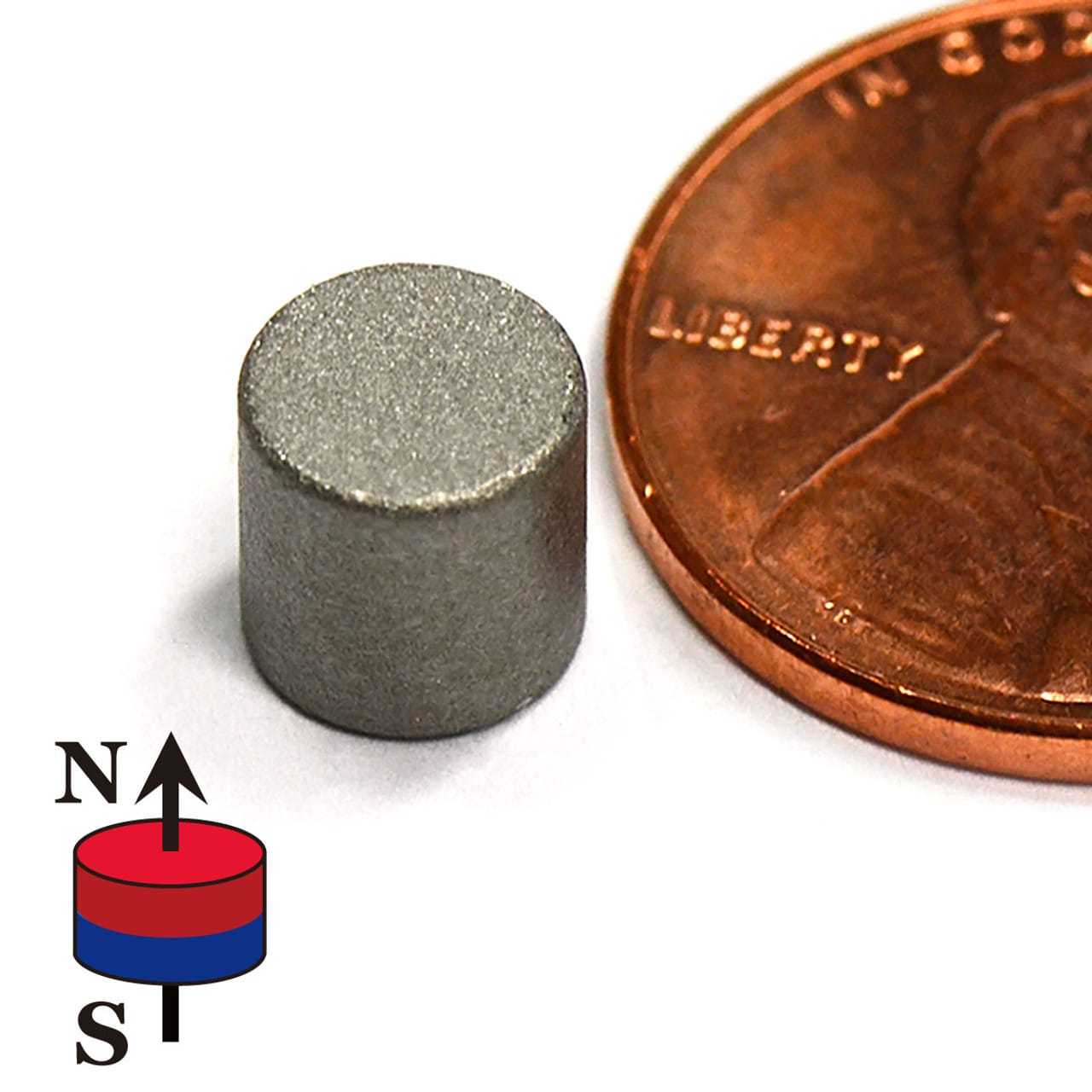Introduction
Samarium Cobalt (SmCo) magnets are renowned for their high magnetic strength, resistance to demagnetization, and stability in extreme temperatures. However, with their increasing popularity, the market has seen a rise in counterfeit products. Distinguishing genuine SmCo magnets from fakes is crucial for ensuring quality and performance. This article provides an in-depth guide on how to identify counterfeit SmCo magnets, exploring their characteristics, manufacturing standards, and testing methods.
Understanding SmCo Magnets
What Are SmCo Magnets?
SmCo magnets are part of the rare earth magnet family, composed primarily of samarium and cobalt. They are classified into two types: SmCo5 and Sm2Co17, with Sm2Co17 being the more powerful variant. These magnets are used in various applications, including motors, sensors, and medical devices, due to their exceptional magnetic properties.
Characteristics of Genuine SmCo Magnets
- High Magnetic Strength: Genuine SmCo magnets have a high maximum energy product, often exceeding 30 MGOe (mega gauss oersteds).
- Temperature Stability: They maintain their magnetic properties even at elevated temperatures, with some types operating effectively up to 300°C (572°F).
- Corrosion Resistance: SmCo magnets are naturally resistant to oxidation and corrosion, making them suitable for harsh environments.
- Brittleness: Unlike some other types of magnets, SmCo magnets are brittle and can easily break if mishandled.
The Impact of Counterfeit SmCo Magnets
Why Counterfeits Are a Problem
Counterfeit SmCo magnets can lead to performance failures in applications where magnetic reliability is critical. They may not meet the necessary specifications, leading to:
- Reduced Performance: Fake magnets often have lower magnetic strength, compromising the efficiency of devices.
- Increased Costs: Utilizing counterfeit products can result in higher long-term costs due to replacement and maintenance issues.
- Safety Hazards: In applications like motors or medical devices, failures caused by counterfeit magnets can pose safety risks.
Common Types of Counterfeit SmCo Magnets
- Low-Quality Materials: Many counterfeit magnets are made from inferior materials that do not provide the required magnetic properties.
- Mislabeling: Some manufacturers may label their products as SmCo magnets while using different alloys or lower-quality materials.
- Over-claimed Specifications: Counterfeit magnets often have inflated specifications to mislead buyers about their performance.
Identifying Counterfeit SmCo Magnets
Visual Inspection
- Check for Labels and Packaging: Genuine manufacturers provide detailed labeling that includes material composition and magnetic specifications. Look for signs of tampering or poor-quality printing.
- Examine Surface Finish: Authentic SmCo magnets have a smooth surface finish. Counterfeit products may exhibit rough edges or poor craftsmanship.
- Color and Appearance: Genuine SmCo magnets typically have a metallic gray color. Discoloration or a dull finish may indicate a counterfeit product.
Magnetic Testing
- Use a Gauss Meter: Measuring the magnetic field strength with a gauss meter can help determine if the magnet meets specified performance standards.
- Demagnetization Tests: Genuine SmCo magnets should retain their magnetic properties when subjected to demagnetizing conditions. Counterfeit magnets may lose magnetization more easily.
- Temperature Stability Tests: Testing the magnet at elevated temperatures can reveal its true nature. Genuine SmCo magnets maintain performance at high temperatures, while counterfeits may demagnetize.
Material Analysis
- X-Ray Fluorescence (XRF) Testing: This non-destructive testing method analyzes the material composition to verify the presence of samarium and cobalt.
- Scanning Electron Microscopy (SEM): SEM can provide detailed images of the magnet’s microstructure, revealing inconsistencies in material quality.
- Density Measurements: Genuine SmCo magnets have a specific density. Weighing the magnet and measuring its volume can help determine if it matches the expected density for SmCo.
Purchasing from Reputable Sources
- Research Suppliers: Look for established suppliers with a track record of providing quality magnets. Reading reviews and testimonials can provide insights into their reliability.
- Request Certification: Reputable manufacturers often provide certification for their products, detailing the material composition and magnetic specifications.
- Inquire About Testing Procedures: Ask potential suppliers about their testing protocols to ensure their products meet industry standards.
Best Practices for Handling and Storing SmCo Magnets
Proper Handling Techniques
- Wear Protective Gear: Always wear gloves and eye protection when handling SmCo magnets, as their brittle nature can lead to sharp edges.
- Avoid Dropping: These magnets are sensitive to impact; dropping them can cause chips or fractures.
- Use Appropriate Tools: Employ tools specifically designed for handling strong magnets to avoid injury and damage.
Safe Storage Solutions
- Store in a Dry Place: Keep magnets in a moisture-free environment to prevent corrosion.
- Use Magnetic Shields: Store magnets with magnetic shields to protect them from external magnetic fields and reduce the risk of demagnetization.
- Label Storage Containers: Clearly label storage areas to avoid accidental mixing with counterfeit or inferior magnets.
Conclusion
Identifying counterfeit SmCo magnets is essential for maintaining quality and performance in various applications. By understanding the characteristics of genuine SmCo magnets, conducting thorough inspections, utilizing appropriate testing methods, and purchasing from reputable suppliers, buyers can safeguard themselves against the risks associated with counterfeit products. For more information on high-quality SmCo magnets, visit SmCo Magnets page. Taking these precautions will ensure the reliability and efficiency of the devices that rely on these powerful magnets.


